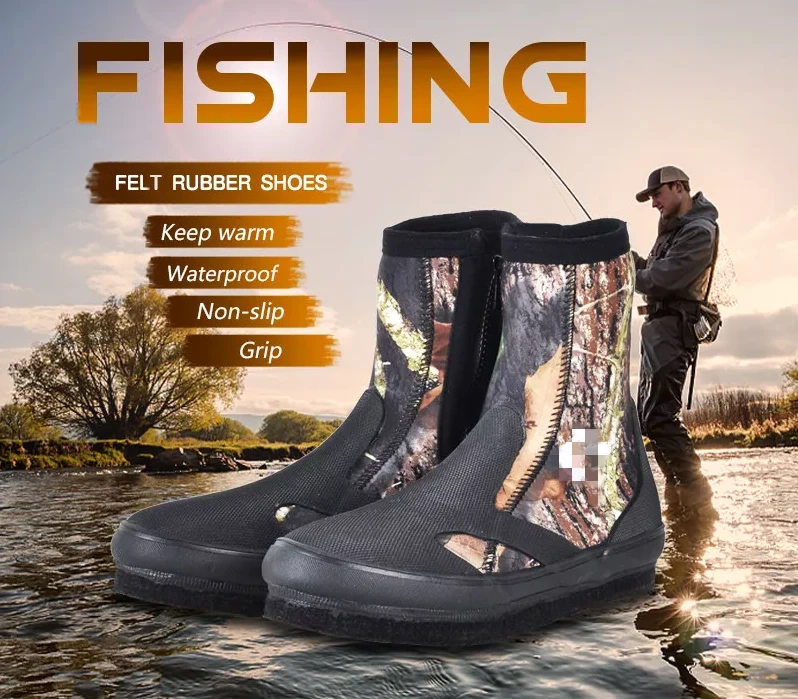Are Rubber Boots Good for Snow?
When winter rolls around, the choice of footwear can make a significant difference in comfort and safety. Many people wonder whether rubber boots are suitable for snowy conditions. While these boots are commonly associated with wet weather or muddy conditions, they can also be a viable option for snow – but there are several factors to consider.
Understanding Rubber Boots
Rubber boots, also known as rain boots or galoshes, are typically made from waterproof materials like rubber or synthetic alternatives. This design makes them ideal for keeping feet dry in wet conditions. They often come with a seamless construction and a high shaft that prevents water from entering, making them a go-to choice for puddles and muddy terrain. However, snow presents a different challenge.
Insulation Matters
One of the main concerns when it comes to rubber boots and snow is insulation. Standard rubber boots may not provide the warmth needed for cold winter temperatures. Many rubber boot models are uninsulated or lightly insulated, which can leave your feet feeling cold if you venture out into snowy conditions for an extended period. If you're considering rubber boots for snow, look for models that include thermal insulation or are specifically designed for colder weather.
Traction and Slip Resistance
Another important factor is the boot’s traction. Snow can create slippery surfaces, and having good grip is essential for safety. Many rubber boots come with a flat sole that can struggle on icy surfaces. When looking for rubber boots to wear in snow, select ones with a rugged, slip-resistant outsole that will provide better traction. Some brands specifically design their rubber boots with winter conditions in mind, incorporating tread patterns that work well on snow and ice.
are rubber boots good for snow

Breathability
Winter activities often involve a mix of cold air and warm feet—which can lead to sweating. Rubber boots can trap moisture and lead to a clammy feeling if the boots lack breathability. For snow conditions, consider options that include breathable linings or moisture-wicking technology, which will help keep your feet dry and comfortable.
Comfort and Fit
Comfort is key when selecting footwear for snowy conditions. Rubber boots can sometimes be rigid and may not provide the necessary support for walking over snow-covered terrain. A good fit is essential to prevent chafing and blisters, especially if you’ll be wearing thicker socks for warmth. Some rubber boots come with adjustable features, allowing for a snug fit over heavier socks.
Alternatives to Rubber Boots
While rubber boots can be appropriate for snow with the right features, it may be worth considering other options as well. Insulated snow boots or winter hiking boots are specifically designed for cold, snowy conditions. These boots typically offer greater insulation, advanced breathability, and better support for winter activities. Additionally, many of them come with enhanced traction and are built to withstand sub-zero temperatures.
Conclusion
In conclusion, rubber boots can serve a purpose in snowy conditions, but their effectiveness depends on several factors including insulation, traction, breathability, and comfort. If you choose to wear rubber boots, ensure they meet the necessary requirements for cold weather and have appropriate features for snowy environments. They can be a practical option for short outings or lighter snow accumulation. However, for prolonged exposure to harsh winter conditions or deep snow, investing in a quality pair of insulated snow boots may be a wiser choice. Ultimately, the best footwear will keep your feet warm, dry, and comfortable, allowing you to enjoy the winter season to its fullest.
-
Stay Dry in Any Condition with WadersNewsJul.17,2025
-
Elite Performance with Camouflage Combat BootsNewsJul.17,2025
-
Dry and Comfortable with Green Rubber Garden ShoesNewsJul.17,2025
-
Convenient Protection with Foldable RainbootsNewsJul.17,2025
-
Comfort and Protection with Neoprene Work BootsNewsJul.17,2025
-
Brighten Rainy Days with Floral Rain BootsNewsJul.17,2025
-
Safety Wellies: The Ultimate Combination of Protection, Comfort, and VisibilityNewsJun.19,2025











